Hello there, fellow container home enthusiasts! It’s Emily Owens, your trusty guide to all things container home-related. Over the years, we’ve delved into the world of container homes, exploring their endless possibilities, from eco-friendly abodes to cozy retreats. Today, we’re tackling a topic close to many hearts: designing container homes for large families.
While container homes have gained popularity for their sustainable and cost-effective qualities, accommodating a big brood within these steel boxes comes with its own set of challenges. But fear not, because in this article, I’m going to show you how to navigate the choppy waters of designing a spacious and harmonious container home for your bustling family. So, let’s dive in!
The Family That Fits Together, Stays Together
First things first, we need to address the elephant in the room: space. Containers, though versatile, do come in a standard size, which means you’ll need to get creative when planning for a larger family. Here are some challenges and solutions to consider:
Limited Square Footage
Containers are generally small in size, and when you’re housing a big family, space can quickly become a precious commodity. But don’t despair; there are ways to maximize your square footage.
Solution : Expand Vertically
One way to create more living space is by stacking containers on top of each other, effectively doubling your floor space. This vertical expansion can provide separate living areas for different family members, offering a sense of privacy and personal space.
Privacy Concerns
Living in close quarters can test even the tightest-knit families. Ensuring that everyone has their own space is crucial for maintaining harmony.
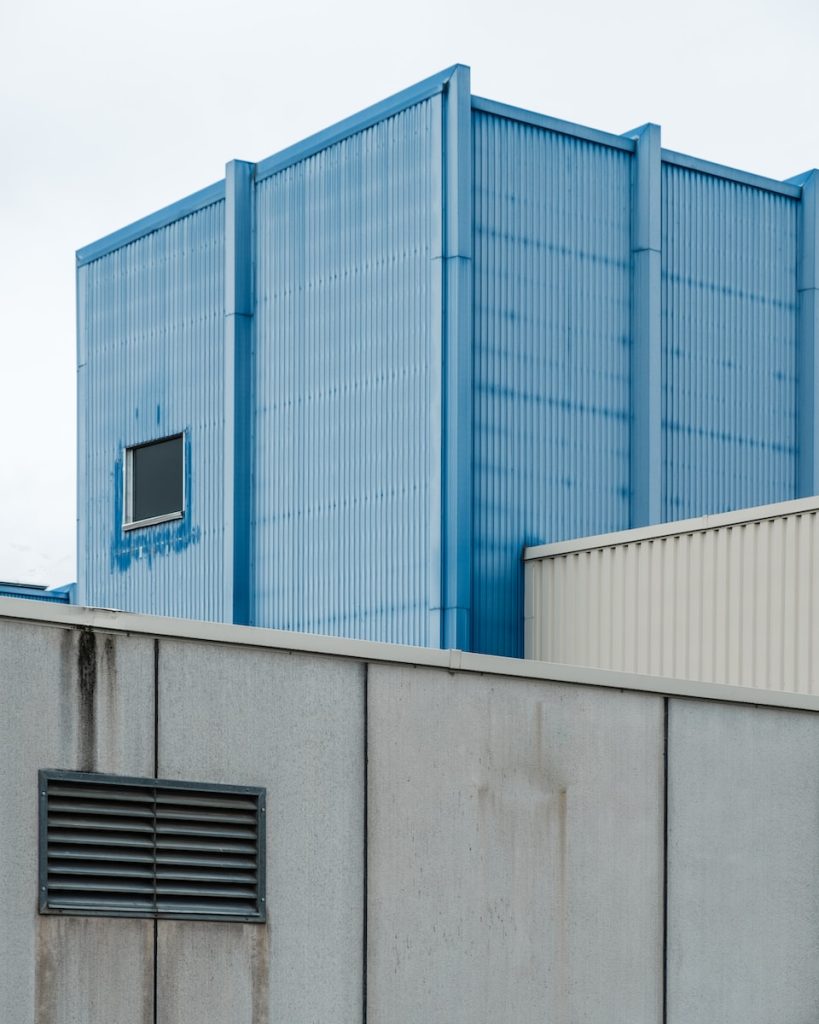
Solution : Modular Design
Embrace the modular nature of containers. You can design the interior with modular partitions, creating separate bedrooms, bathrooms, and even mini-apartments within your container home. This allows for privacy while maximizing the use of available space.
Compliance with Building Codes
Depending on where you live, you may face strict building codes and zoning regulations when designing a container home.
Solution : Consult a Professional
To avoid any legal hurdles, consult with an architect or builder experienced in container home construction. They can help you navigate the local regulations and ensure your home is safe and up to code.
Designing for Functionality and Aesthetics
Now that we’ve addressed the major challenges, let’s shift our focus to the fun part: designing a container home that’s not only functional but also easy on the eyes.
A Splash of Color
Containers are often seen as cold and industrial, but a little paint can go a long way. Consider painting the exterior in vibrant colors to give your home a warm and welcoming look. Think of it as a blank canvas for your creativity.
Open Concept Living
Opt for an open concept living area that combines the kitchen, dining, and living spaces. This layout not only maximizes the feeling of space but also encourages family togetherness.
Natural Light is Your Best Friend
Large families can feel cramped in dark spaces. Incorporate large windows, sliding glass doors, and even skylights to flood your container home with natural light. It not only creates a more inviting atmosphere but also saves on electricity.
Outdoor Living Spaces
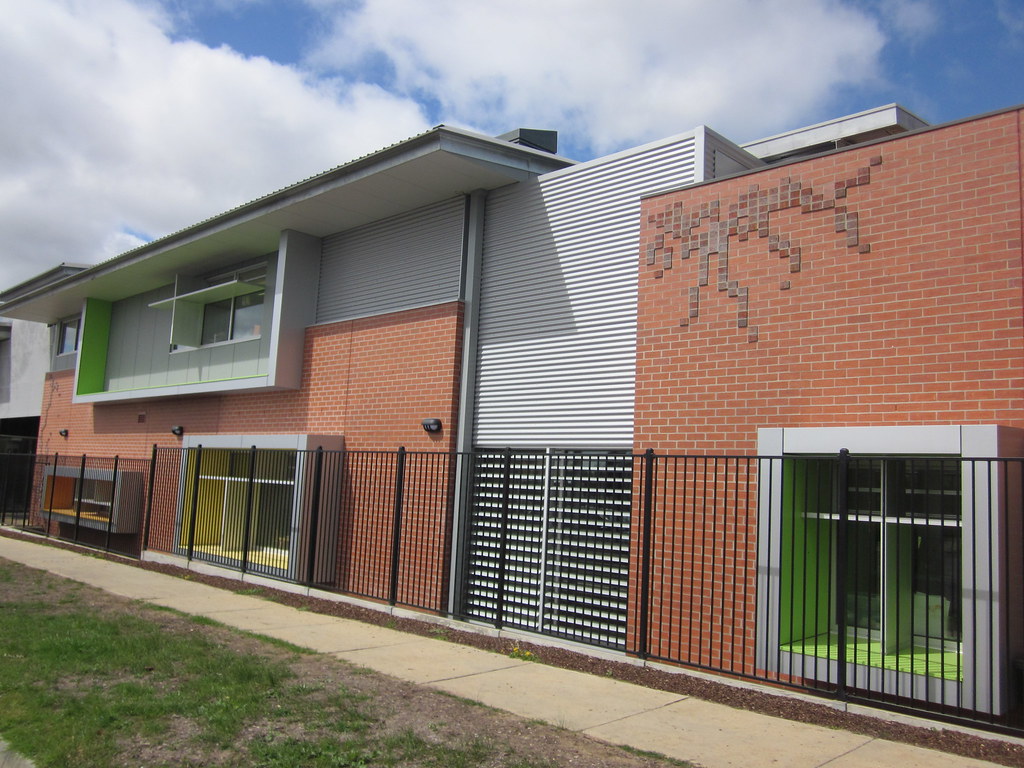
Don’t forget to make the most of your outdoor space. Container homes can easily be complemented with decks or patios, providing additional room for relaxation and entertainment.
Sustainability and Cost-Efficiency
One of the major advantages of container homes is their eco-friendly and cost-effective nature. When designing for a large family, you can amplify these benefits.
Insulation Matters
Proper insulation is crucial to ensure your container home remains comfortable year-round. This is particularly important when accommodating a big family, as you want everyone to be cozy in their respective spaces.
Energy-Efficient Appliances
Investing in energy-efficient appliances and fixtures can significantly reduce utility bills for a large family. It’s not only good for your wallet but also for the environment.
Green Roof or Garden
If you have the space, consider installing a green roof or rooftop garden. Not only does it provide insulation, but it also adds a touch of nature to your container home.
The Joy of Personalization
Lastly, remember that your container home should reflect your family’s unique personality and needs. Involve everyone in the design process and make it a family project. Let the kids choose colors for their bedrooms, and allow each family member to add personal touches to their living spaces.
Conclusion
Designing a container home for a large family may present some challenges, but with creativity, careful planning, and a dash of innovation, you can create a harmonious and comfortable living space that accommodates everyone’s needs. Remember, the key to a successful container home for a large family is flexibility, functionality, and a whole lot of love. Happy container home designing!












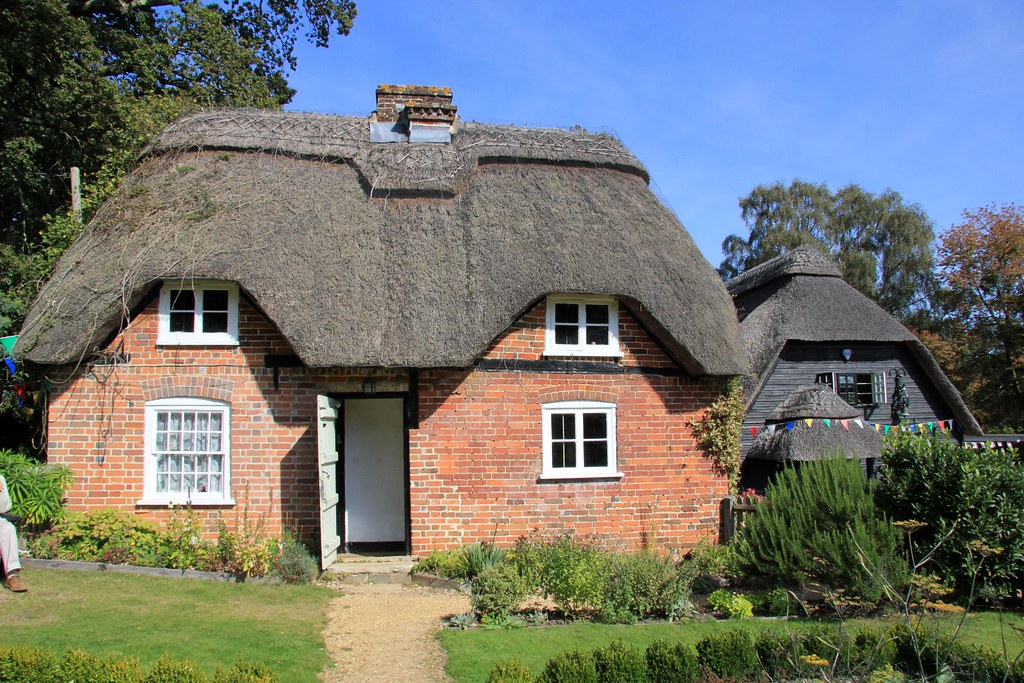





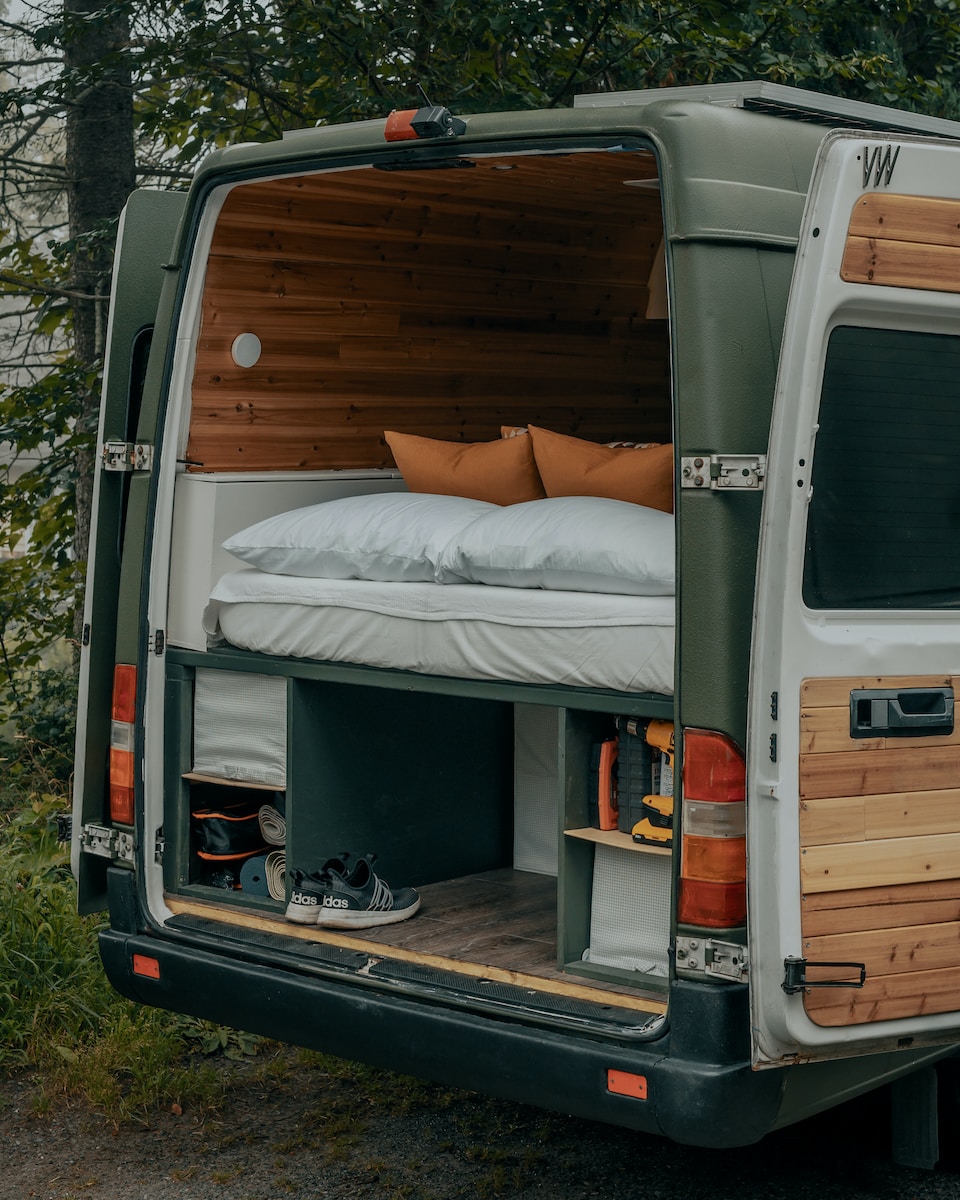
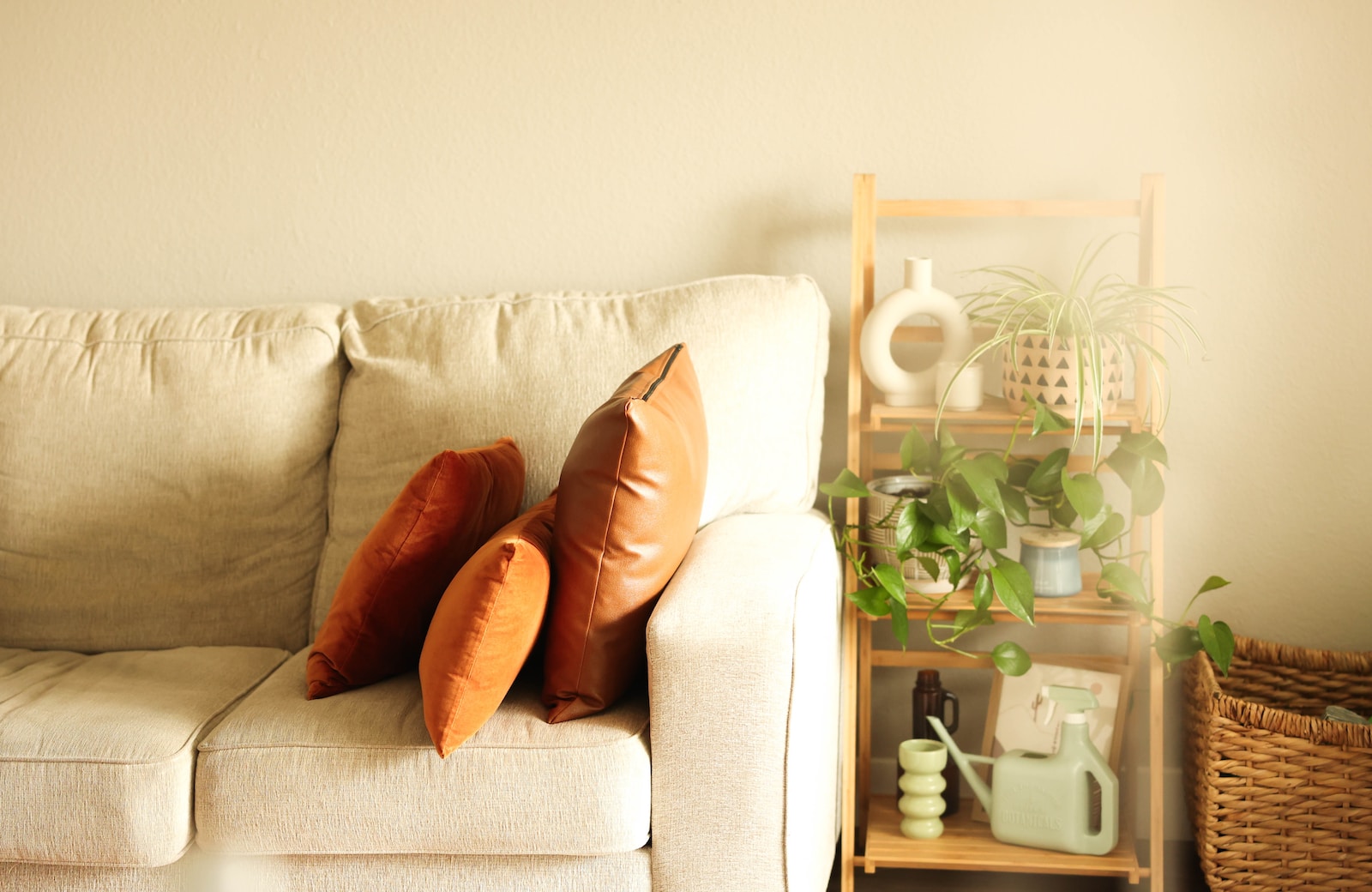

Find Us on Socials